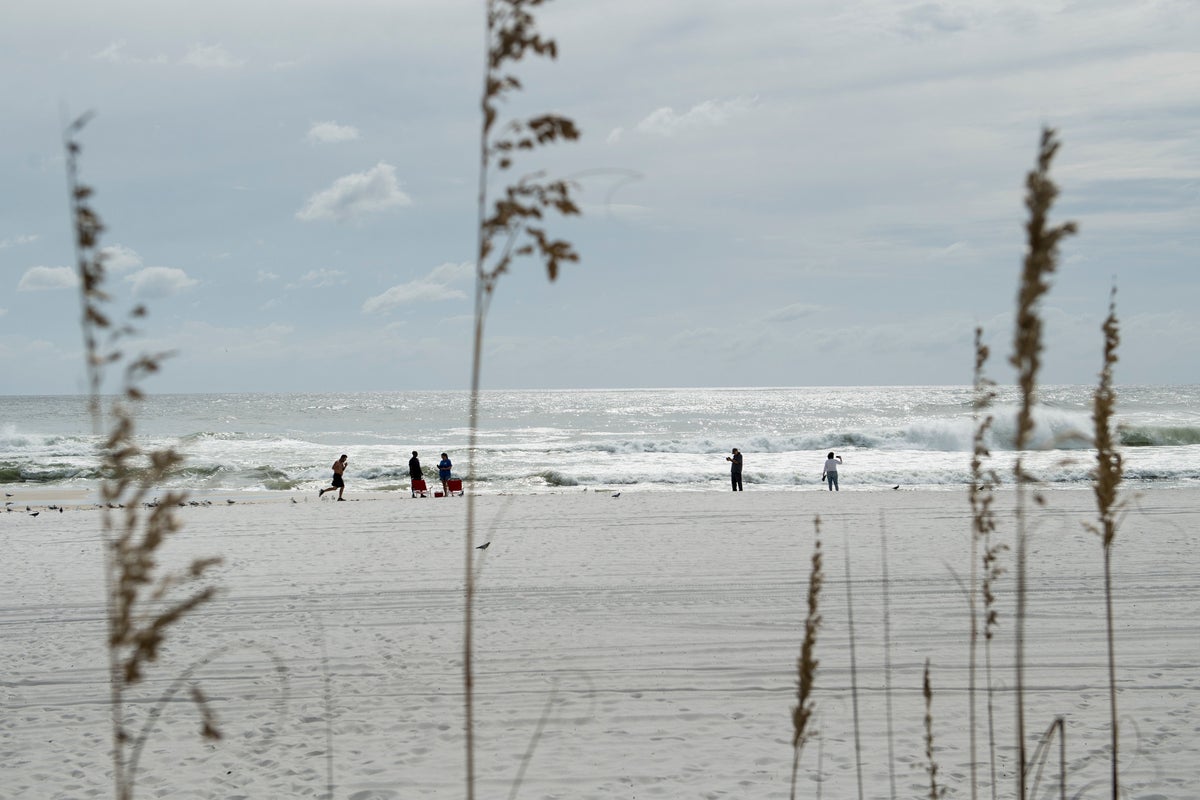
Eight people have died over four days in rip currents along the Florida coast in recent days caused by high tides, but forecasters say beach conditions should be safer for the upcoming holiday weekends.
A total of 19 lives have already been claimed by rip currents this year.
Rip currents happen due to a variety of complex factors, AccuWeather Senior Meteorologist Dave Houk said. One of those factors is the high tide cycle, which is dictated by the moon’s phases. Another is the wind, especially when it is perpendicular to the coastline and leads to a stronger chance of rip currents, the meteorologist said.
Five of the recent deaths were in Panama City Beach, Florida, and appeared to have occurred during the peak of the high tide cycle, when “tides were actually higher than what is normal,” Houk said.
For those planning on a July 4 beach trip, the high tide cycle is now waning, Houk said, meaning so are the odds of deadly rip currents.
There does not appear to be any “particularly high risk areas” for rip currents on July 4, “but certainly they are always possible,” Houk told The Independent.
The strongest rip currents are likely to happen where the waves come in past the break zone or a split in a sandbar. “Like squeezing a tube of toothpaste,” the water accelerates through the break in the sandbar, Houk said.
Rip currents are powerful channels of water pulling away from the shoreline that can travel as quickly as eight feet per second, according to the National Weather Service. They can occur under any conditions and on sunny days.
The weather service describes rip currents as a treadmill that moves away from the beach. They can travel as fast as 8 feet per second and can sweep the strongest swimmers out to sea.
To escape a rip current, swim parallel to the beach and don’t fight the pull of the current, the agency advised.
Although there could be some relief for the upcoming holiday, certain places are always going to be susceptible to rip currents, Houk said, such on the East Coast or along the Gulf of Mexico.
“Some beaches are more prone to it than others,” he added.
Florida might be home to a lot of those beaches, data suggests. The state holds 24 of the nation’s top 25 deadliest beaches, according to research by Simmrin Law.
Last week, three men from Birmingham, Alabama — Harold Denzel Hunter, 25, Jemonda Ray, 24, and Marius Richardson, 24 — were pronounced dead after being caught in a rip current in Panama City. Just a day before, a 19-year-old from Oklahoma died after being caught in a rip current at the same beach.
Tragedy struck at a separate beach in Florida, where a Pennsylvania couple — Brian Warter, 51, and Erica Wishard, 48 — drowned while visiting Hutchinson Island with their six children. The couple’s neighbors said they were left speechless by the tragic news.
“It seems like a great relationship,” a friend of the Pennsylvania couple, Lauren Aldridge, told WPVI. “So, we are at a loss for words about the whole thing.”
“He was a wonderful neighbor. We helped him out with his dogs. He helped us out with our dogs, with gardening advice, and taking care of the yard. Very nice guy. Very nice neighbor,” she added.







